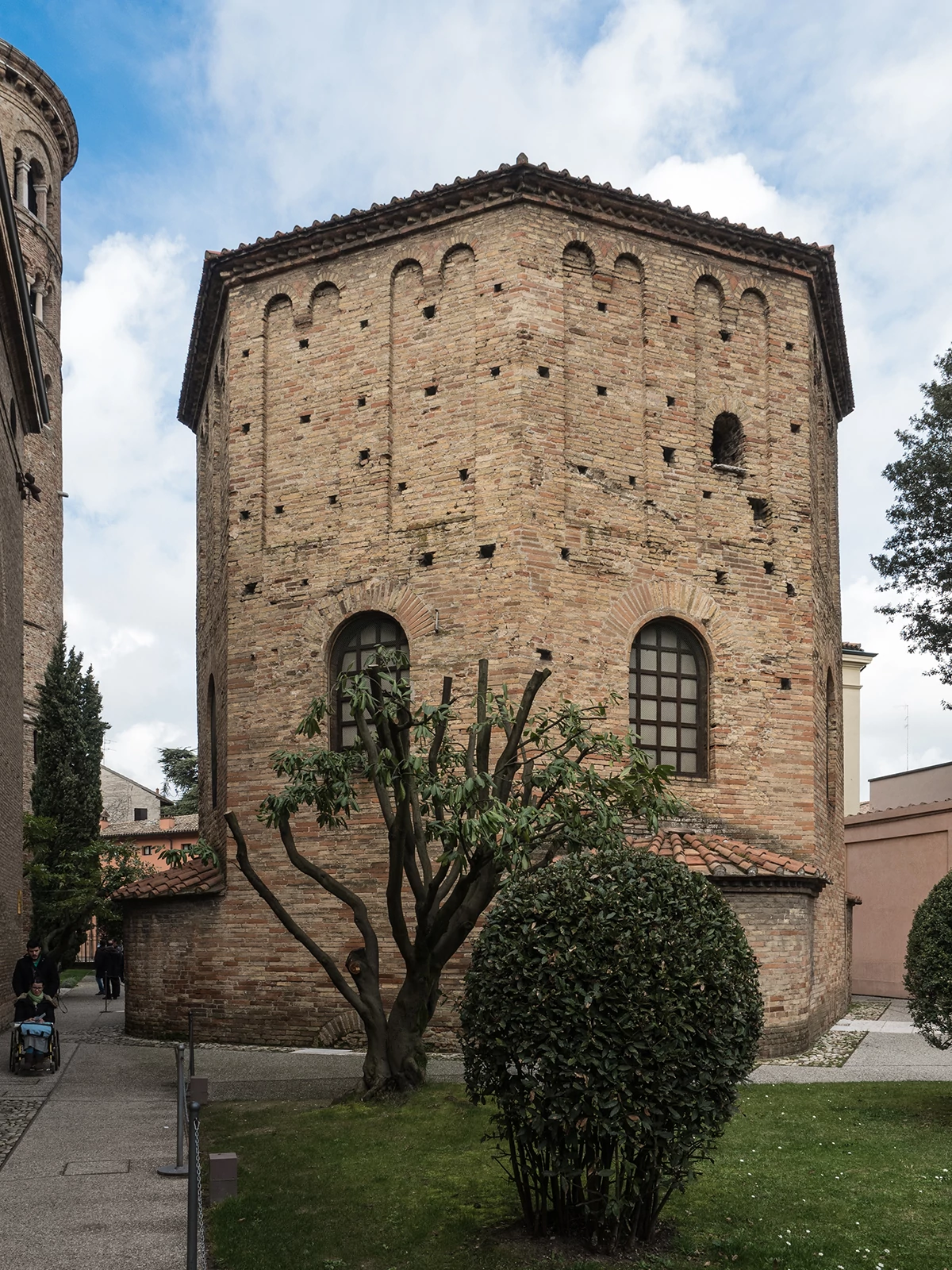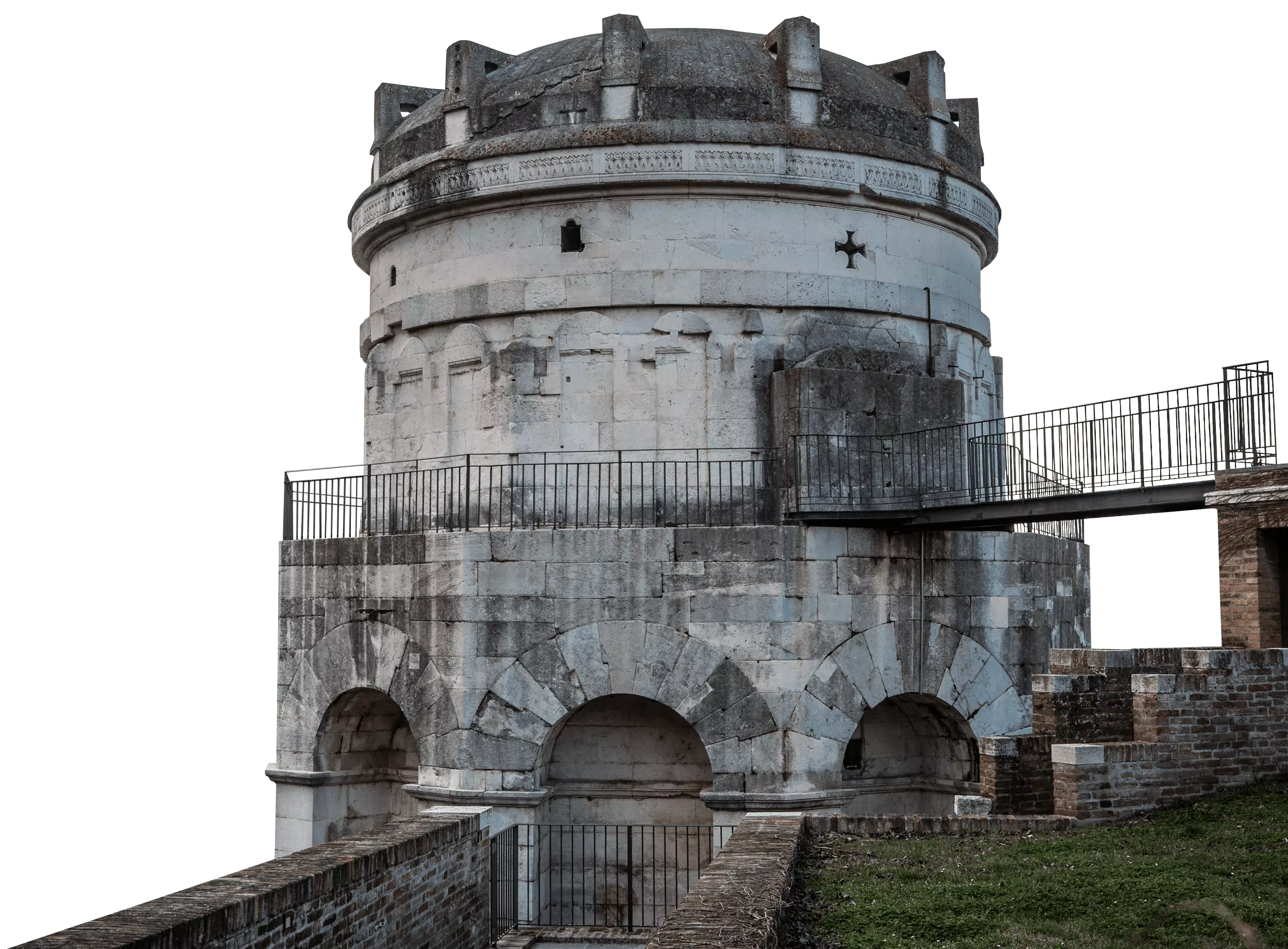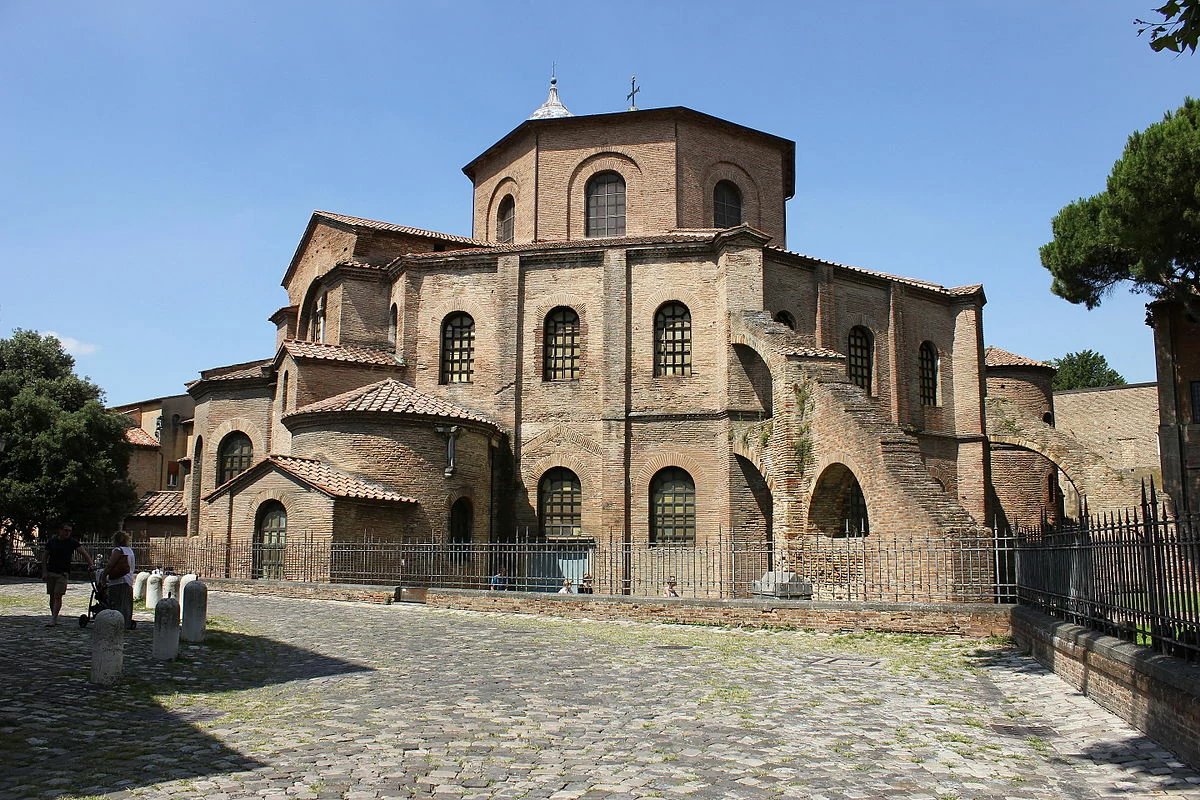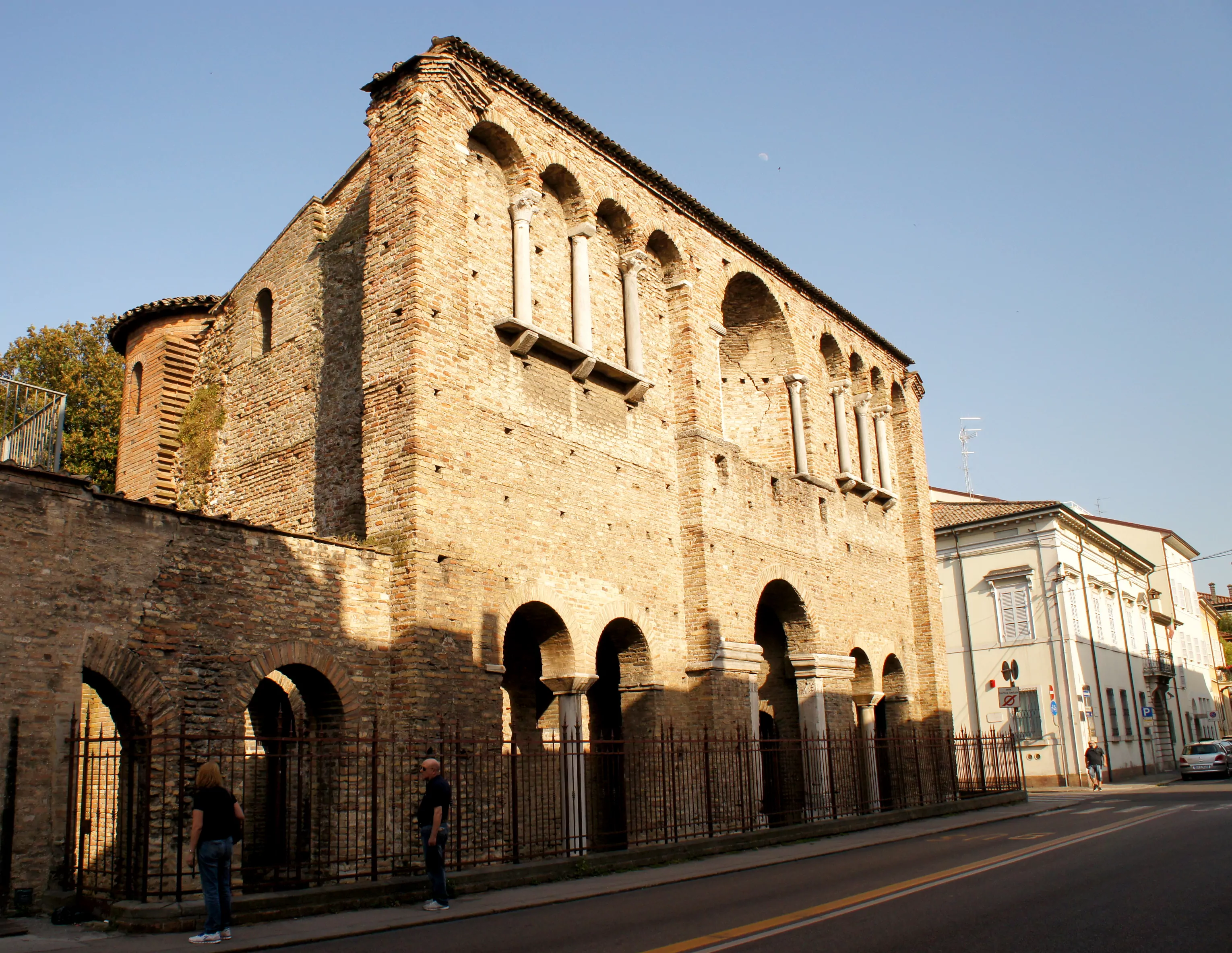On a cold day in February 313 CE, Licinius the First and Constantine the First met in Milan. Licinius and Constantine were both emperors of Rome, embroiled in what was later called the Civil wars of the Tetrarchy. Constantine eventually triumphed, and hung Licinius eleven years later, but for now the competing emperors were at peace, meeting to sign the Edict of Milan. The Edict was a radical statement of religious freedom, ending centuries of persecution of fringe religions within the Roman Empire, granting: “to the Christians and others full authority to observe that religion which each preferred.”
So began the Byzantine age, defined by the extraordinary growth of the Christian religion out from the empire’s heart in Constantinople, and the development of Christian icons, churches and artwork throughout Europe and modern-day Turkey. Byzantine art evolved significantly over the course of it’s more than 1000 year run, and is now broken down into three periods. Early Byzantine (c. 330–750), saw a departure from the naturalism of Roman art, and a fixation of the heavenly. Flat-faced saints float on gilded ethereal backgrounds. Middle Byzantine (c. 850–1204) was heavily influenced by the beginnings of Russian Orthodox Christianity, and economic prosperity encouraged more elaborate architecture and decorative objects. Late Byzantine (c. 1261–1453) was a twilight time for the Byzantine empire, after the invasion of European crusaders damaged trade and infrastructure.
Byzantine art was the dominant visual language in Europe for much of the Middle Ages, due to the Byzantine Empire’s centuries in power, and the massive wealth and industry accumulated in Constantinople. The formal, classical Byzantine styles were widely imitated through Europe, and influenced the localized movements like the Carolingian and Romanesque, that we refer to collectively as Early Medieval Art. As a rule, Byzantine art is highly polished and very formal, and Early Medieval Art is its wilder, messier cousin.
...
Got questions, comments or corrections about Byzantine Art? Join the conversation in our Discord, and if you enjoy content like this, consider becoming a member for exclusive essays, downloadables, and discounts in the Obelisk Store.
For the sake of the peace of our times, each one may have the free opportunity to worship as he pleases










